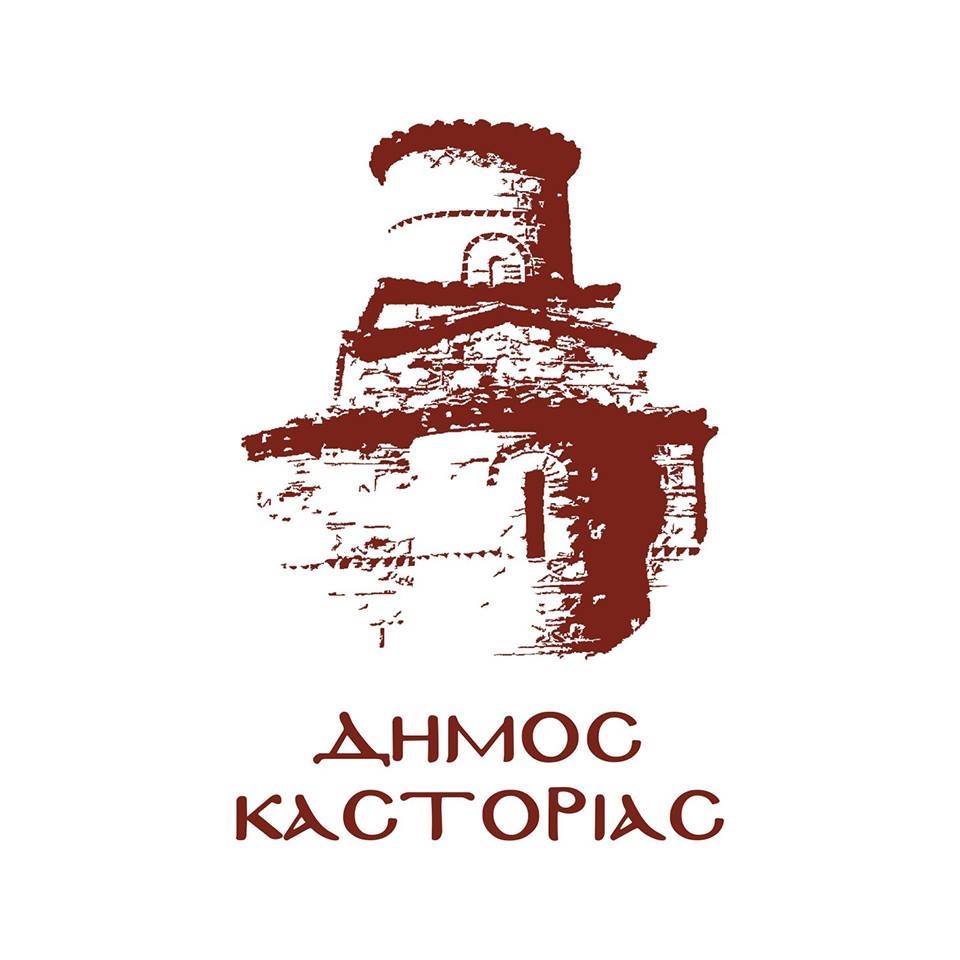Agios Nikolaos Tzotza
The style of the small church is a one-room, timber-roofed basilica. It is a Byzantine church, which was extended in size to the south side during the years of the Turkish occupation, while the narthex of the monument was built during the same period. The masonry in the lower parts is made of stonework, while from the middle and above mud bricks are used. On the north side there was an open loggia (chagiati), which also protected the external frescoes, traces of which have survived. There is no inscriptional material inside the monument.
Palaeographical evidence of this inscription helps us to estimate the period of time during which the frescoes were painted. This period is also confirmed according to the style used by the painter to create the frescoes, which must have been done in the 14th century. The Annunciation of the Virgin, the Hierarchs and Panagia Timiotati ton Ouranon (Virgin Mary the most Honorable of Heavens), which stands above the Sanctuary, are some of the frescoes that have survived to this day in good condition.
In the middle of the 14th century, in Agios Nikolaos Tzotza, the theme of the Holy Trinity was enriched with the Royal Deesis, which as a separate theme later followed a particular development in several churches of the city. The same representation seems to be related to quests for religious and artistic expression.
The iconographic solution of Agios Nikolaos is perhaps the link and the milestone between the two themes of the Holy Trinity and the Royal Deesis. In the light of this view, the influence of the teachings of Grigorios Palamas, who we know had many followers in Kastoria and even had a temple in the city in his honour, should not be excluded. That is why, after his death, in the monastery of Megisti Lavra and in Kastoria, he was honoured as a Saint at the same time.













